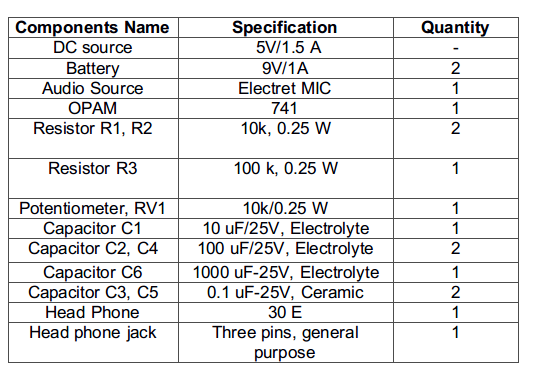
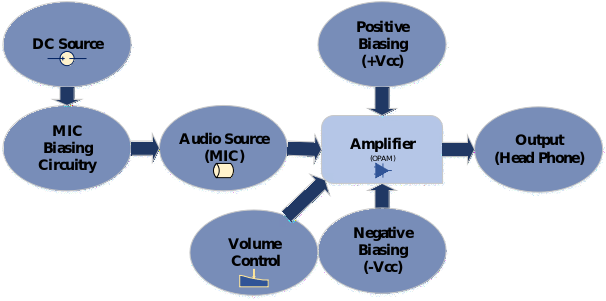
Circuit Connections –
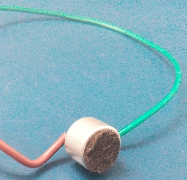
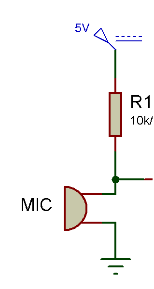
3) LM741 Operational Amplifier IC – The LM741 is a general purpose OPAM (operational amplifier) with a low input impedance (mega ohm) as compared to FET OPAM. The FET OPAM has a high input impedance in Giga ohms. The output impedance of 741 should be ideally zero but it is usually about 75 ohms. The maximum supply current of 741 IC is about 2.8 mA with a supply voltage up to +/- 18V. The IC has the following pin configuration –
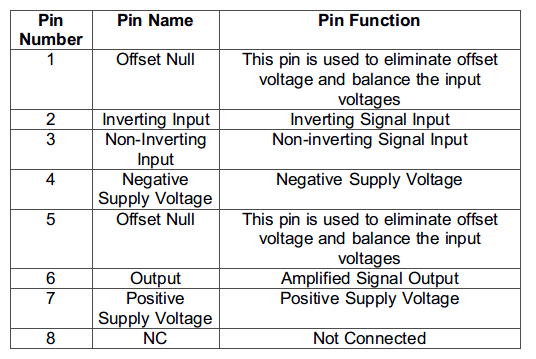
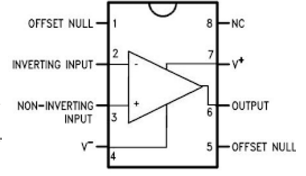
The IC comes with overload protection on both input and output plus has no latch up when common-mode range is exceeded. The IC can be provided a supply voltage positive or negative up to 22 volts and input signal voltage (amplitude) can be up to 15 V. Under normal conditions, the IC must be provided a voltage of 10 V either positive or negative. The IC has the following internal circuit –
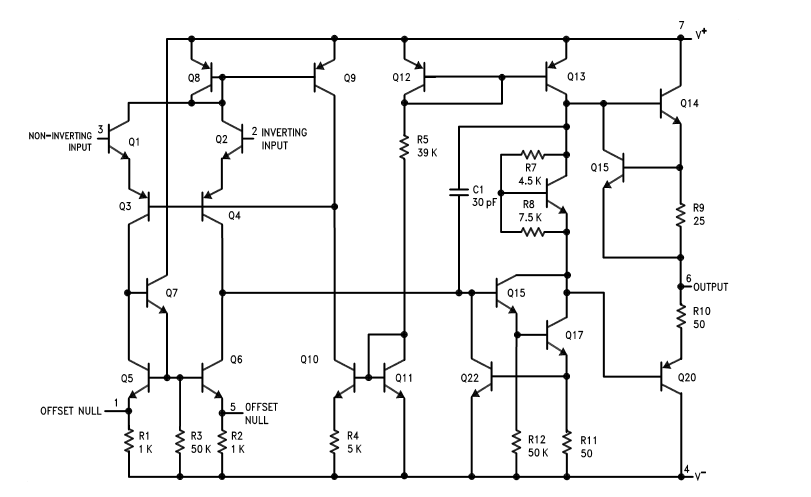
The LM741 can be configured as both open loop as well as closed loop amplifier. It can be used as either inverting amplifier or non-inverting amplifier. In this circuit, the LM741 IC has been used as inverting amplifier as the input signal from the microphone is applied at the inverting input pin (pin 2) of the IC. The inverting amplifier has negative feedback which makes them better than non- inverting amplifiers. The inverting amplifier changes the phase of output (signal amplitude) by 180 degrees with the input (signal amplitude). However, this phase inversion does not affect the audio signal as human ears are response only to the intensity of the sound. The intensity is the energy flowing through an area in a given time, expressed in joule/s/m2. The energy of the wave is proportional to the square of its amplitude. So for a unit area, the intensity is also proportional to the square of the amplitude.
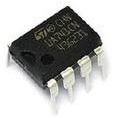
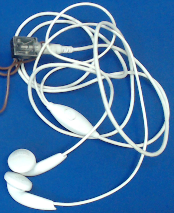
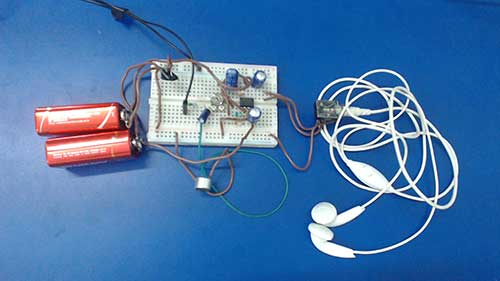

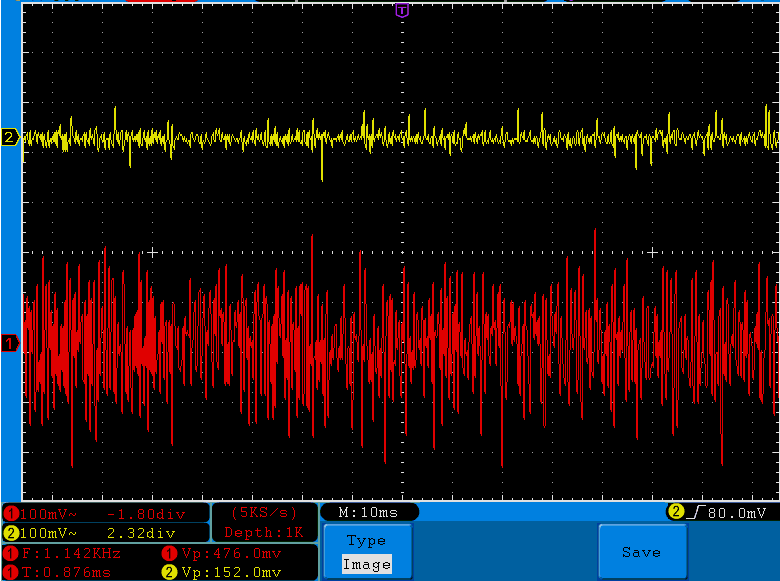
You may also like:
Project Video
Filed Under: Electronic Projects
Filed Under: Electronic Projects

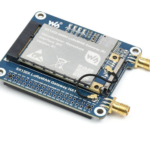


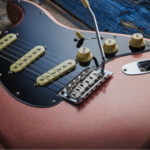

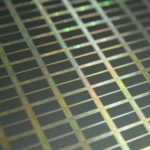

Questions related to this article?
👉Ask and discuss on EDAboard.com and Electro-Tech-Online.com forums.
Tell Us What You Think!!
You must be logged in to post a comment.